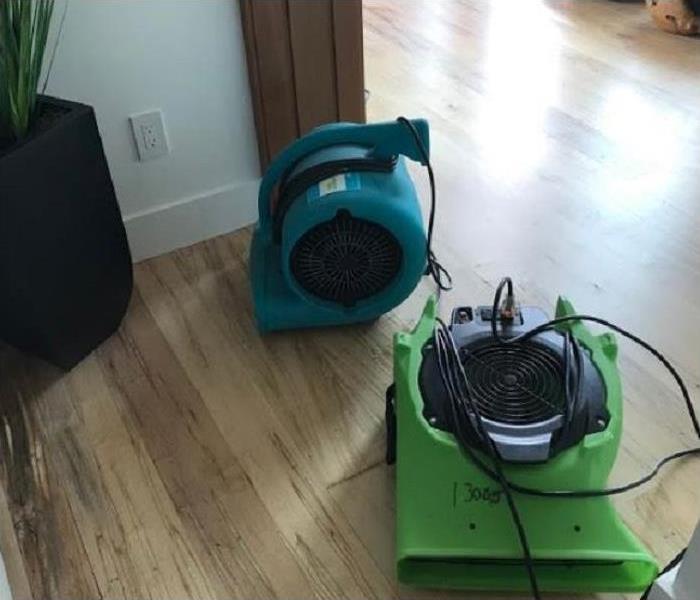The Science Behind Permeance and Water Damage in Wilmington
2/6/2020 (Permalink)
 When this home experienced water damage, we were there to remove the water. SERVPRO is always on call.
When this home experienced water damage, we were there to remove the water. SERVPRO is always on call.
How Permeance Affects the Level of Water Damage Your Wilmington Home Might Experience
How much water enters any given material inside of a Wilmington residence reveals its permeance. The lower the number, the less moisture enters the material. The number or permeance for waterproof materials cannot be greater than ‘1,’ which means no more than one grain of water enters the material in an hour for every square foot.
When a residence in Wilmington sustains water damage, we look at the materials inside the house. Not all building materials dry the same because their permeance varies. Sometimes, like with brick, permeance can vary significantly among subtypes of the same material. One difficulty with waterproof materials is that when submerged, minute amounts of water seep inside. Even glass cannot prevent water from invading your home if the seals around the edges fail. As a liquid, water spreads out to fit any container you place it in, and as a vapor, it can migrate anywhere.
Brick, for instance, has a varying rate of permeance depending on its specific composition. Lower numbers of permeance also mean that drying takes longer, not shorter, periods. The ability of water to pass through the material is why this occurs.
Vapor barriers are waterproof or water-resistant materials that can keep drying times lengthy. When these barriers block moisture in and keep it from passing to the exterior of the material, water can slowly damage the interior of the material as the exterior dries. When possible, we use heat to increase the rate that moisture moves toward the exterior and enters the air. Other situations require our building department to help with deconstructing the area so we can gain access to dampened areas.
Hygroscopic materials have much higher permeance numbers and let water pass through their surfaces quickly. They also dry much faster. The water damage seen with this varies greatly. Fabrics can become water stained but otherwise dry undamaged. Drywall, gypsum, and plywood disintegrate after a short period and often need replacing. Wood can warp and crack from either being too wet or from over-drying.
SERVPRO of New Hanover’s technicians understand the permeance factor of different materials and how to obtain the drying results necessary to reduce the effects of water damage. Call (910) 762-8180 for efficient drying and mitigation of water damage in your Wrightsville Beach, Castle Hayne, or Kure Beach residence.
More about Wilmington.






 24/7 Emergency Service
24/7 Emergency Service